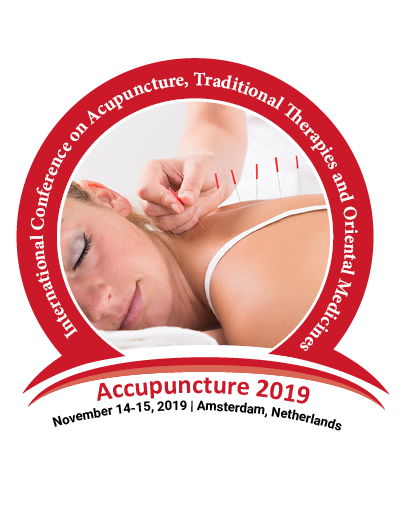International Conference on Acupuncture, Traditional Therapies & Oriental Medicines
Amsterdam, Netherlands
V.K. Singh
Central Council for Research in Unani Medicine, India
Title: Streblus asper Lour. – An Ancient Evidence-Based Indian Medicine to Combat Filariasis
Biography
Biography: V.K. Singh
Abstract
Statement of the Problem:
The present study contributes significantly to develop an effective herbal therapeutic agent from a plant Streblus asper Lour. investigated by the authors for a long time, to combat filariasis and is based on the concept that most of the herbal therapies in use around the world were not developed based on the findings of controlled clinical studies or modern scientific investigations. The persistence of herbs in phytomedicinal practice results from an amalgam of long-held traditional beliefs and wide-ranging knowledge of dedicated empirical practitioners. And it is now essential to address the information on the therapeutic effects of herbs with a more critical, scientific and evidence-based approach.
Methodology and Review of Previous Work:
Streblus asper Lour. (Moraceae) reported in Ayurvedic literature (1363 AD)has emerged as the new promising therapeutic agent for treatment of filariasis, a disease thus far incurable in modern system of medicine. The initial clinical investigations carried out on 296 filarial lymphodema patients at Banaras Hindu University, Varanasi (U.P.) during 1962 (Singhal and Singh, 1965) followed by general clinical use among masses involving over ten-thousand filarial patients in India during 1971-2016 (Singh and Singh, 1987; Singh and Ram, 1988; Kak, 1989; Comley, 1990; Singh and Yadav, 2014) have established its efficacy in combating the menace of filariasis successfully. ‘Filacid’ (a crude aqueous extract of the stem-bark of S. asper) has left Diethylcarbamazine (DEC) far behind in percentage of cured cases of filarial lymphangitis and lymphoedema, registering an all time high record of over 91% as against a mere 15% with DEC. Chemical analysis of filacid has shown the presence of cardenoside glycosides with lactone ring ties. In-vitro investigation of the drug has shown it macrofilaricidal at 500 ug/ml with motality suppressed within 4h at this concentration (Comley et al., 1990) The Ames-test conducted on ‘filacid’ showed that the drug non-carcinogenic. The aqueous extract (powder) of the drug has also been subjected to safety parameters viz., heavy metals, afatoxins, pesticide residue and microbial load and was found to be safe and free from toxic contaminants and totally safe to be used as medicine. In the light of these encouraging results, specific investigations to detect the antifilarial active constituents in this plant-based drug are re-stressed.

